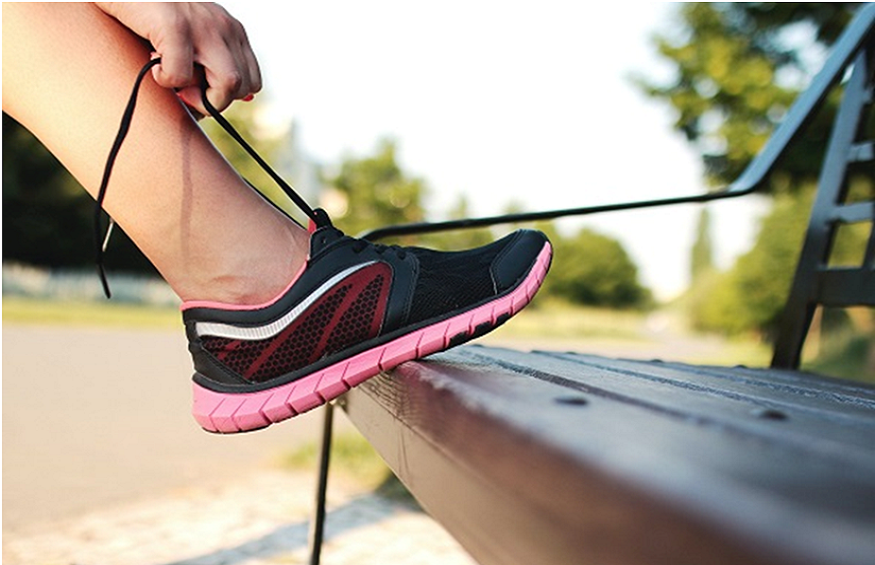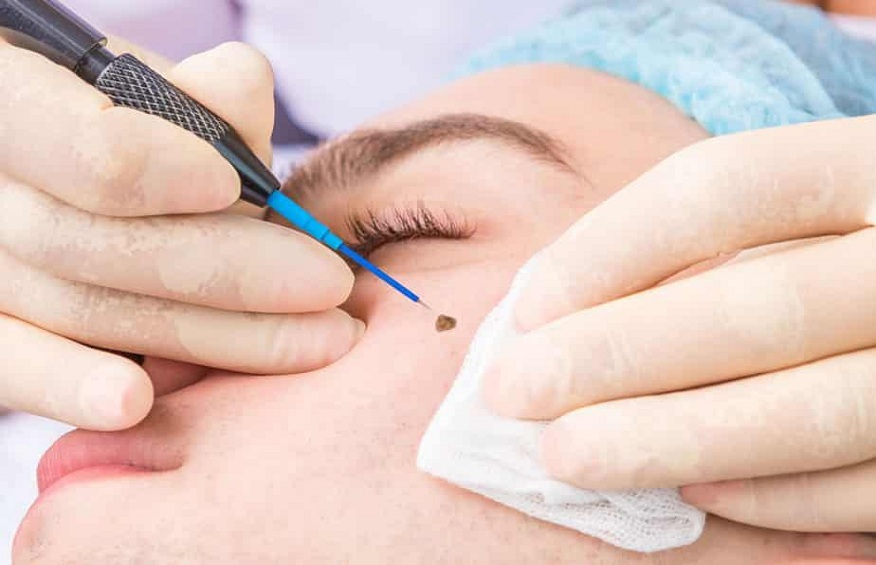How to Return to Sports After a Knee Injury
Knee injuries are very common, particularly in those people who play sports. Many sports involve a sudden change in pace and direction, putting significant stress on the legs and knees. The knee is a pretty complex joint and bears a lot of weight, so therefore is susceptible to different types of injuries such as sprains, fractures, dislocations and soft tissue damage.
Sports injuries often relate to the anterior cruciate ligament (ACL), meniscus and cartilage, and treatment will involve returning the knee to optimal health. Depending on the severity of the injury, recovery can be quite a long process and it is vital to seek expert assistance from a physio for treatment specific to your injury and your goals.
Some knee injuries require surgery, while something more minor may be treated by a sports physiotherapist. Once the injured knee is back to having full range, little or no swelling and minimal pain, a physiotherapist will shift the focus to returning the patient back to their sporting goals. If major surgery was required, such as an ACL operation, this point of rehab will likely commence a few months down the track. A less serious injury can begin this process at about the 2-4 week point.
Regardless of whether surgery was required or not, management of knee injuries are quite similar. The steps forward will depend on how you are feeling and how the knee is behaving, however, generally you may be able to return to sports sooner if you haven’t had surgery.
Goals for Quality of Movement
The expert sports physiotherapists at Melbourne Sports Physiotherapy have a process in place of what they focus on when returning people to sports following a knee injury. It is comprehensive and based on sports medicine research. Taking a gradual, realistic approach, strength and stability is built up at a steady pace.
With the following goals in mind, the health of the knee can be monitored and managed, prior to reaching a point where returning to sports is feasible and safe.
Double Leg Squat: When weight is able to be taken evenly through both legs and the injured side is moving similarly to the non-injured side.
Single Leg Squat on Step: Looking for good movement through the legs, particularly the hips, knee and ankle, without loss of balance or collapsing.
Hopping: The aim is for good quality hops as well as good hopping distance. A good quality hop is when your injured leg performs as well as your non-injured leg. Different types of hopping will be performed, including multiple hops, crossover hops, lateral hops and medial hops. The aim is that the injured side can hop 95% of the distance of the uninjured side.
Running: Being able to run well, with similar movement and strength in both legs, so not favouring the non-injured side.
Change of Direction: The aim is that a quick change of direction shows similar movements in both sides of your body, and the injured leg doesn’t roll inwards or collapse when performing this.
Various Endurance Tests:
○ Side Plank held for 45+ seconds
○ Elevated Bridge, 20+ reps
○ Calf Raises, 20-30+ reps
○ Single Leg Sit to Stand, 22+ reps
Various Strength Tests:
○ Squats, 1.5+ times bodyweight for 1 rep max
○ Single Leg Press, 1.5+ times bodyweight for 1 rep max
○ Measuring muscle strength and power using an AxIT assessment. Looking for both legs to measure similar results.
It is essential to ensure suitable fitness levels before considering returning to sports so as to minimise further injury. The team at Melbourne Sports Physiotherapy have specialists in knee injuries to have you moving well again as soon as possible. They understand it is vital to expose you to your sport gently and use the relevant actions found in the sport, in the training and rehabilitation program to condition your body to what it will be doing.
The knee must respond well when exposed to exercise and activity, showing little or no signs of swelling or pain afterwards. Maintaining strength around the knee and in the legs is crucial, to protect the knee from any damage while it continues to fully recover. Call and make a physio appointment or book online today. Get back to participating in the sports you love.



